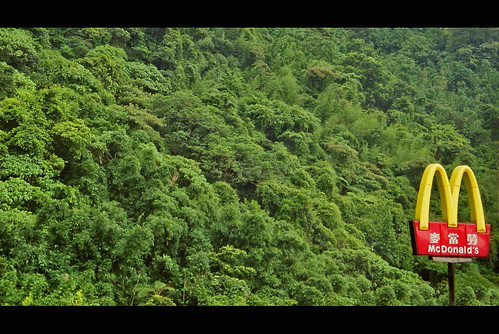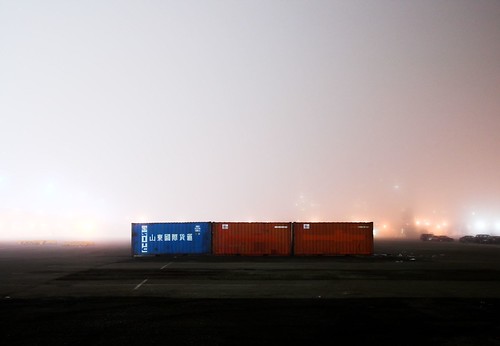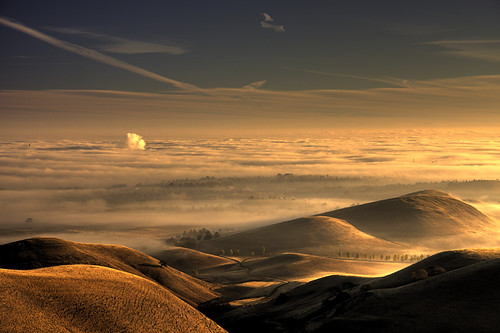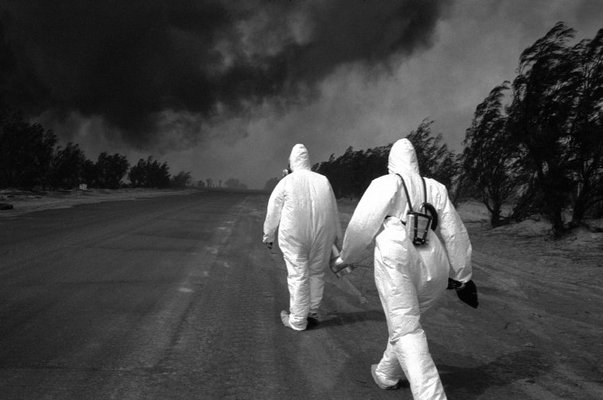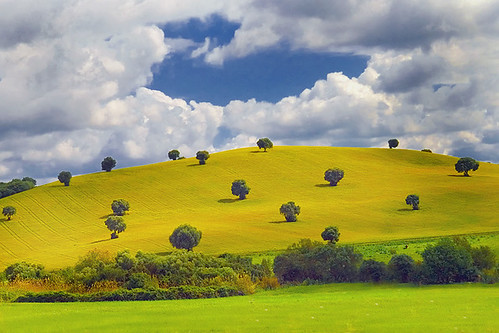Last political post of the night, I guess I'm just starting to get caught up in the season. The issues that I care about and foresee challenging us in the next forty years (of which, changing our approach in the next eight years is crucial) include:
Global Issues:
Iraq
Economic development in Middle East, Africa, South East Asia, and Latin America
Climate Change
Energy policy (and global resource use, broadly)
Political and military engagement in asymmetrical conflicts (terrorist organizations and failed states)
Humanitarian intervention (genocide, famine, disease, natural disaster)
Basic health and sanitation services for the poorest 1 billion
Domestic Issues:
Education (primary and secondary)
Health Care
Sustained Economic Growth
Competitiveness in scientific and technological innovation
Managing national debt and trade balances
Increased energy efficiency and independence on foreign oil
Creating capabilities and opportunities for the poorest quarter of American society
Creating open political dialogues on race and class in America
In emailing with CC about the results of the Iowa caucus, I was impressed about how wide a range of political talent a Democratic President will have at his/her disposal to tackle these issues. From potential Vice Presidential candidates, to cabinet members, to high-profile statesmen who can be called upon to fulfill ambassadorships or special missions, the list is impressive, in political talent, in the problems that the individuals have chosen to focus on and care about, the approaches that they take to those problems, and the political standing they have both in the U.S., and globally. Consider a hypothetical Obama administration:
VP Candidates include Edwards (focus and credibility on domestic policy, including poverty issues and health care), Richardson (experience with Energy policy, engage Hispanic demographic, credibility on international issues, particularly N. Korea), and Biden (foreign policy, deep legislative experience).
As statesmen, you'd have Bill Clinton (imagine having him lead task-forces on global economic development, AIDS and other epidemics, and forging partnerships with China and India), Al Gore (climate change and energy policy), Edwards (poverty and health care), Wes Clark and Joe Biden on Iraq and global political crises, including terrorism and humanitarian crises.
Add to that the ability to select advisers from a whole cadre of smart, respected ex-active politicians with national profiles who you could potentially make use of (Gephardt, Bob Kerrey, Tom Daschle, Tom Harkin, Bob Graham), smart, senior Senators from "safe" states like Biden, Dodd, Jack Reed (RI), Boxer/Feinstein, Feingold, Durbin, Kerry, Schumer, Pat Leahy and Hillary to deploy as needed, a ton of smart, young politicians and policy wonks whom I've never heard of, and the ability to reach across the aisle, where appropriate, to the Olympia Snowe's and Chuck Hagel's and Mike Bloomberg's and Bill Cohen's of the world.
The potential for a Democratic president to really re-assert America's perceived and actual leadership well into the 21st century is massive. I can't see a Republican president doing anything but continuing the harm that his administration has done. And in terms of political talent available, there is nothing even close to comparable on the Republican side of the aisle (and there hasn't been in at least twenty years).

